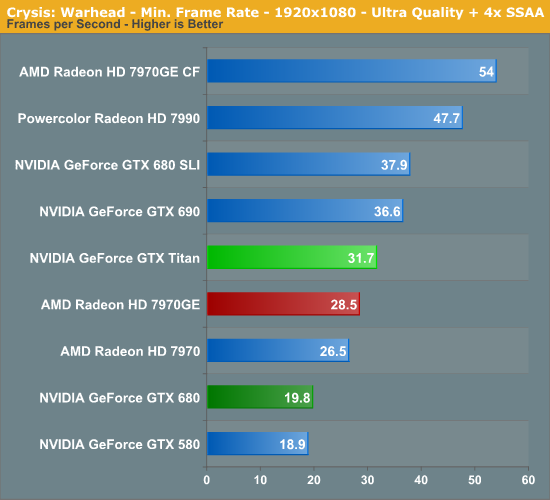- Joined
- May 18, 1997
- Messages
- 55,653
I am working on getting a set of 290X ref cards into me that I can set up and CrossFire in my personal system and see how these compare to TITAN SLI in terms of heat and noise. Hopefully get those in next week. We will see what happens.
![[H]ard|Forum](/styles/hardforum/xenforo/logo_dark.png)

